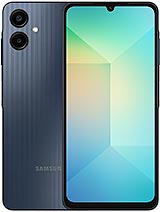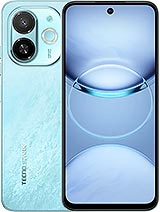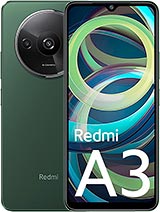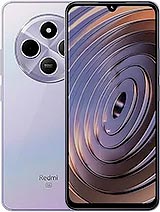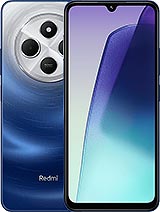Lava Yuva 2 alternatives
Tap above to see alternatives.
Redmi 14C alternatives
Tap above to see alternatives.
Lava Yuva 2

Lava Yuva 2
-
Unisoc T760
6 nm
-
5000 mAh
18W
-
6.67"
720 x 1612 pixels
-
50 MP
1080p@30fps
-
Specs

1x2.2 GHz Cortex-A76
3x Cortex-A76
4x Cortex-A55
2x2.2 GHz Cortex-A78
6x1.95 GHz Cortex-A55
4GB 128GB (UFS 2.2)
6GB 128GB (UFS 2.2)
wide, f/1.8, AF
2 MP
macro
f/1.8, 27mm (wide), PDAF
Auxiliary lens
2MP
f/2.0
SIM1: Nano, SIM2: Nano
SIM1: Nano, SIM2: Nano
9 5G bands
n1, n3, n5, n8, n28, n40, n41, n77, n78
7 5G bands
n1, n3, n5, n8, n28, n40, n78
In this performance comparison, the Redmi 14C with its Qualcomm Snapdragon 4 Gen 2 (4nm) performs better than the Lava Yuva 2 with the Unisoc Unisoc T760 (6nm), thanks to superior chipset efficiency.
Redmi 14C offers 2 years of OS updates, whereas Lava Yuva 2 provides 1 years. For security updates, Redmi 14C offers 4 years of support compared to Lava Yuva 2's 2 years.
Both Lava Yuva 2 and Redmi 14C use LCD screens. In terms of smoothness, Redmi 14C offers a higher 120 Hz refresh rate, ensuring fluid scrolling and animations. Lava Yuva 2 also boasts a brighter screen with 700 nits of peak brightness, enhancing outdoor visibility. Both phones have the same screen resolution.
Redmi 14C features a larger 5160 mAh battery, potentially delivering better battery life. Both devices support the same wired charging speed of 18W.
Redmi 14C includes an IP52 rating, while Lava Yuva 2 lacks an official IP rating.
- Lava Yuva 2 – Check price here
- Redmi 14C – Check price here
¹ Scores can vary even with the same chipset due to RAM, thermals, and software optimization.

